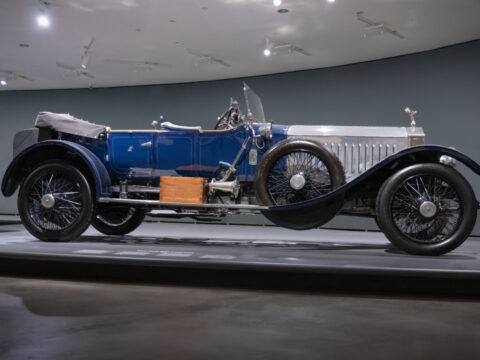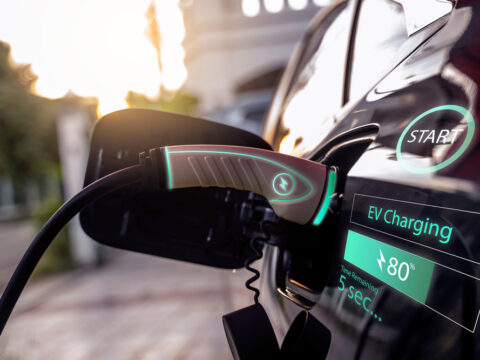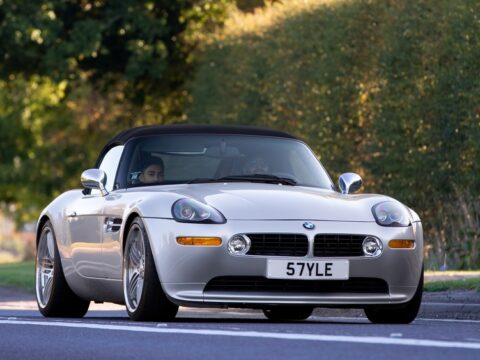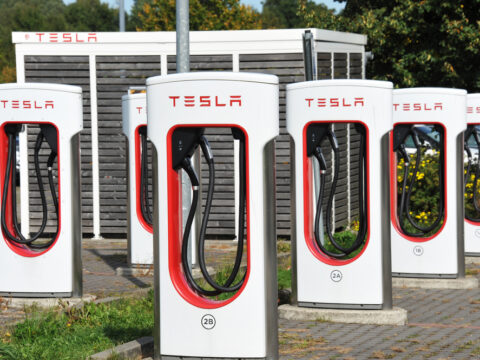Embark on a nostalgic journey through the storied history of Vespa, an emblem of Italian style and innovation that has captivated the hearts of scooter enthusiasts worldwide for over seven decades. This article delves into the rich legacy of Vespa, exploring the most iconic and beloved models that have defined the brand’s enduring appeal.
Contents
Vespa 98
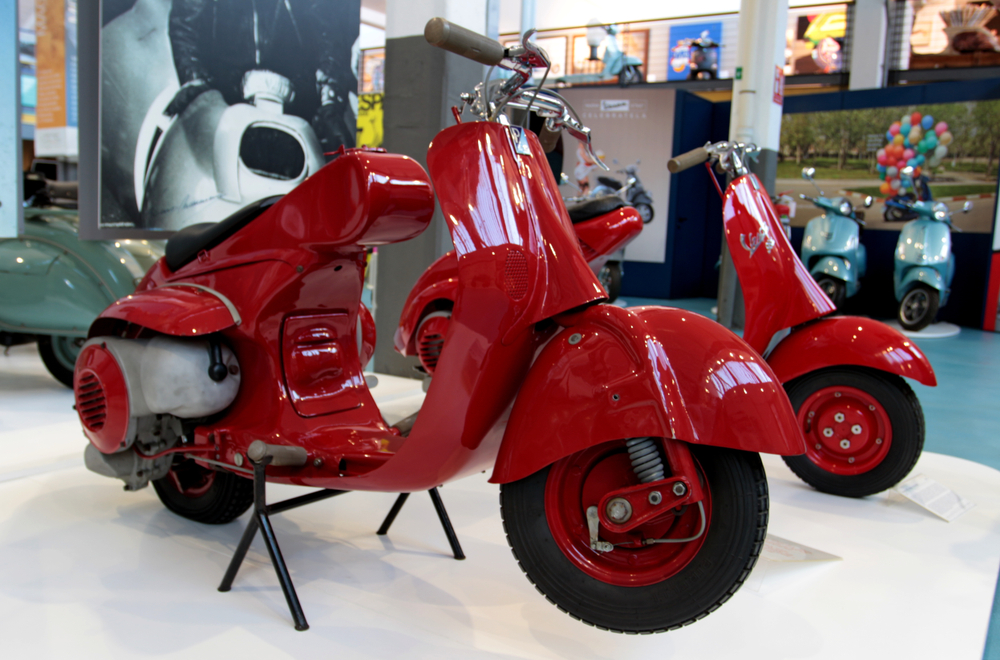
The Vespa 98 is where it all began, debuting in 1946 as the very first Vespa model. It featured a 98 cc engine and a unique, aeronautically inspired design by Corradino D’Ascanio. Its novel design, with a front shield and distinctive body shape, became a template for future scooters. Only 2,000 units were produced, making it a rare collector’s item. The Vespa 98 is not in production anymore, but it laid the groundwork for the brand’s design ethos.
Vespa 150 GS
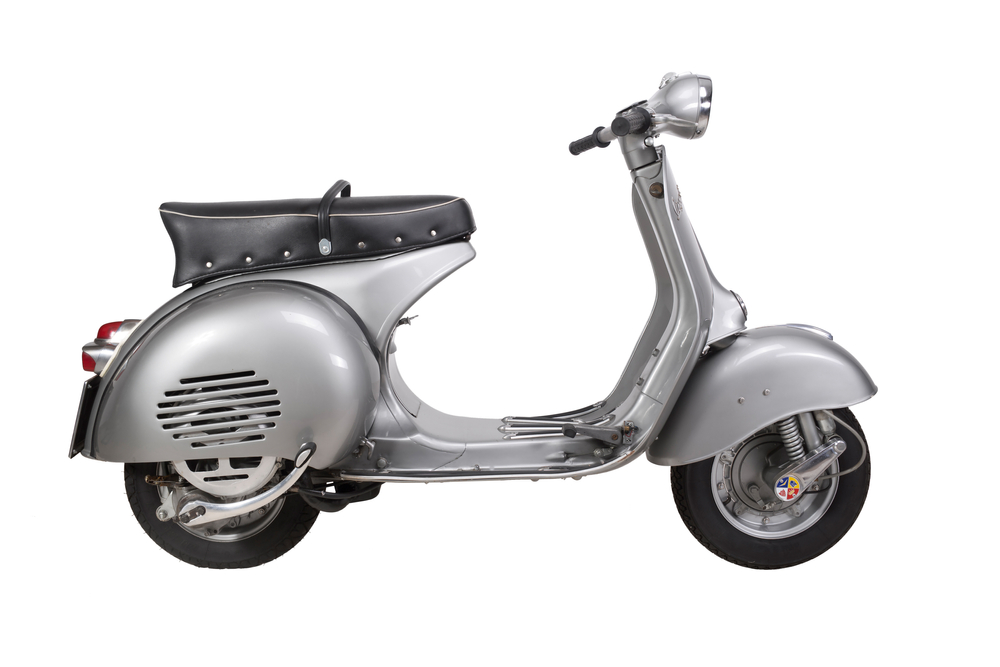
The Vespa 150 GS (Gran Sport) of 1955 was a turning point for Vespa, representing a leap in performance and design. It had a 150 cc engine capable of 100 km/h, a larger frame, and a more stylish design. The GS series is often considered the pinnacle of classic Vespas and was in production until 1961. Its sporty design and improved mechanics set a new standard for scooters and it remains a coveted model for collectors.
Vespa 50 Special
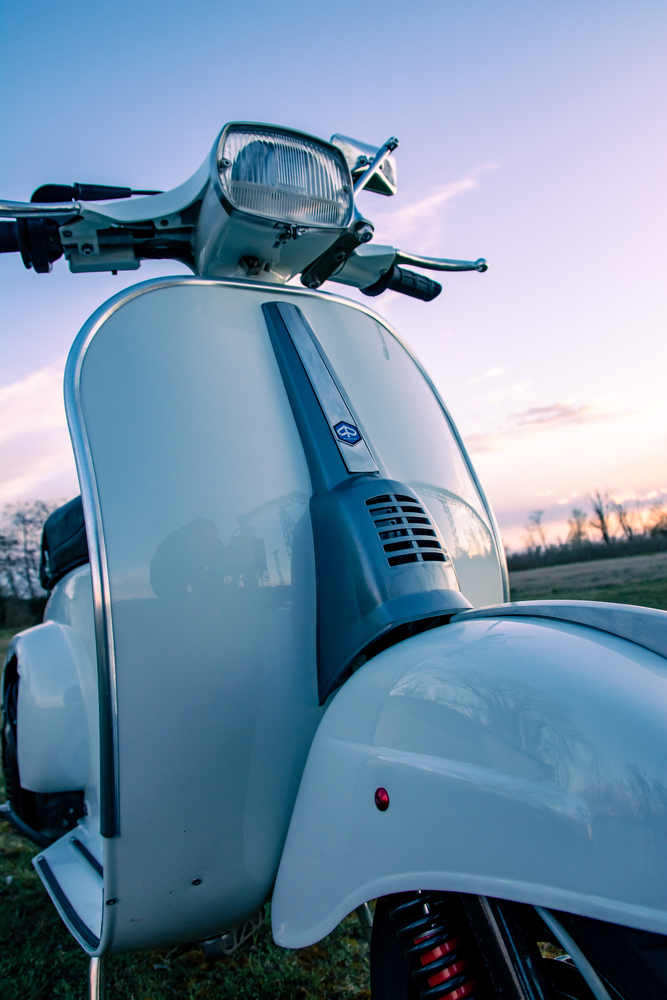
Introduced in 1969, the Vespa 50 Special was designed to appeal to a younger audience. It had a small 50 cc engine, making it accessible to teenagers in Europe who could ride it without a license. Its sleek design, four-speed gearbox, and rectangular headlight differentiated it from earlier round-headlight models. This model remained popular until the late 1980s and is remembered for bringing scooters to a wider demographic.
Vespa PX
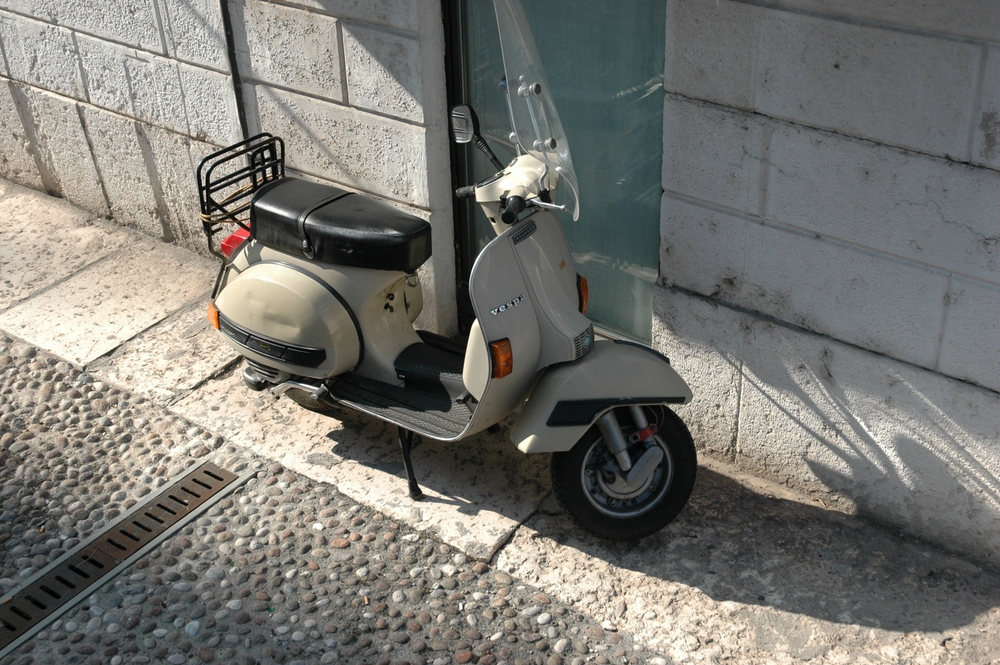
The Vespa PX, launched in 1977, is one of the most iconic and enduring models. It featured a four-speed manual gearbox, a classic design, and a choice of 125, 150, or 200 cc engines. Over the years, the PX evolved but retained its classic design, making it a symbol of enduring style. The PX series was in continuous production until 2017, celebrating its 40th anniversary in production.
Vespa PK Series
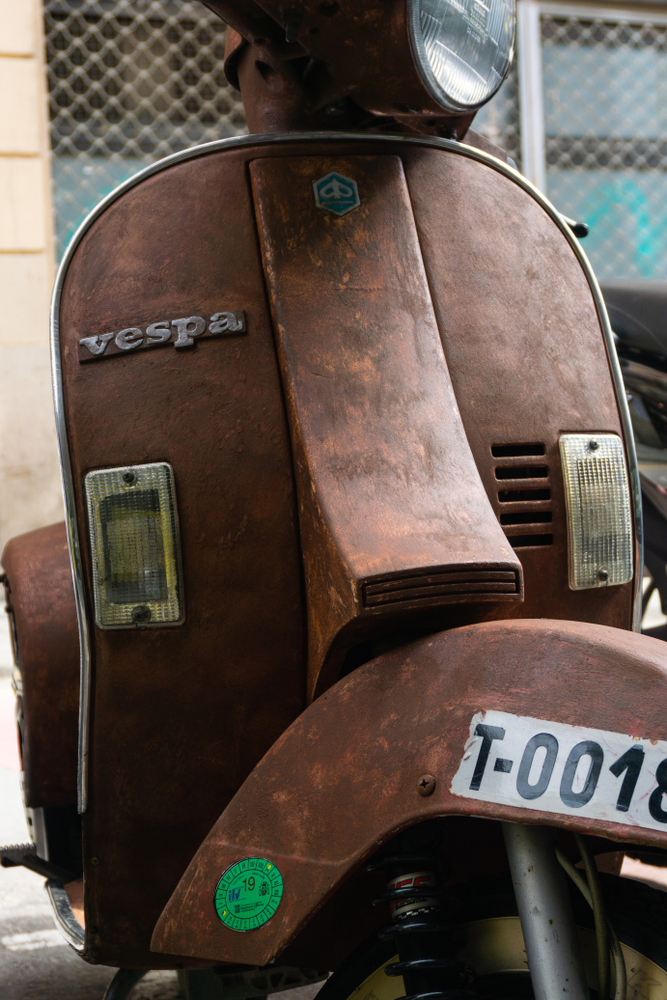
The Vespa PK Series, introduced in the early 1980s, represented a significant design shift from the classic Vespa models, targeting a younger generation of riders. It came in various engine sizes, including 50, 80, 100, and 125 cc, and featured a more angular design compared to the rounded curves typical of earlier Vespas. The PK series was equipped with an improved gearbox and an electronic ignition system. It stood out for its modernized look and enhanced performance features while maintaining the core attributes of the Vespa brand. The PK series is often remembered for bridging the gap between the classic Vespas of the post-war era and the modern scooters of the late 20th century.
Vespa ET4
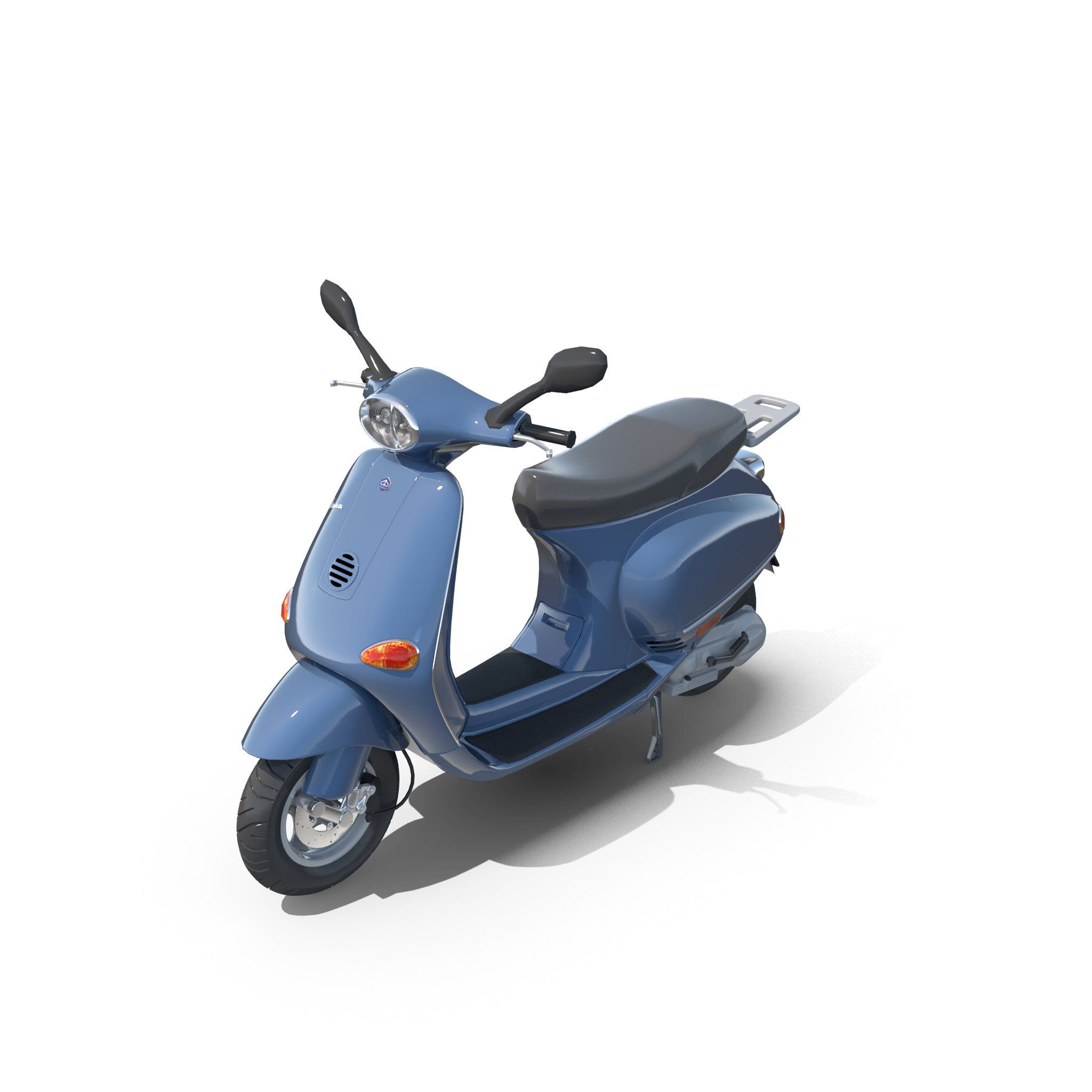
The ET4 marked Vespa’s transition into modern scooter design while maintaining its classic appeal. Launched in 1996, it was Vespa’s first four-stroke model, featuring a 125 cc engine that provided a cleaner and more efficient ride. The ET4’s blend of classic Vespa elements with contemporary technology made it a popular choice, signaling Vespa’s adaptability to changing times.
Vespa LX 50
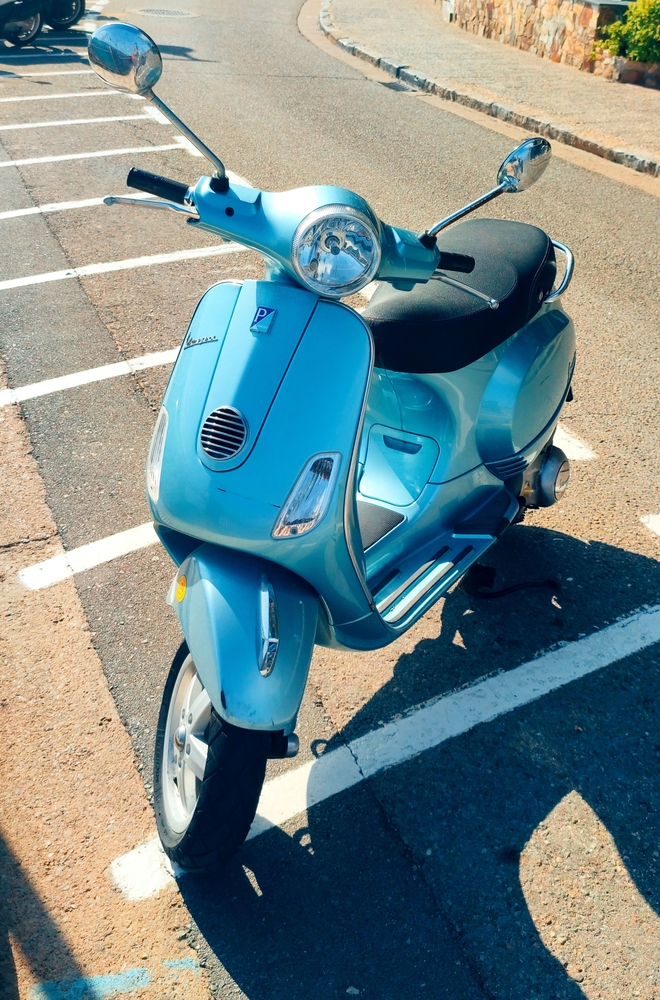
Introduced in 2005, the LX 50 replaced the ET series and was designed to celebrate Vespa’s 60th anniversary. It came with a modern 50 cc four-stroke engine, a retro design reminiscent of the Vespas of the 1960s, and was available in a range of colors. The LX 50 combined classic Vespa aesthetics with modern engineering, making it a hit among both traditionalists and new riders.
Vespa GTS 300
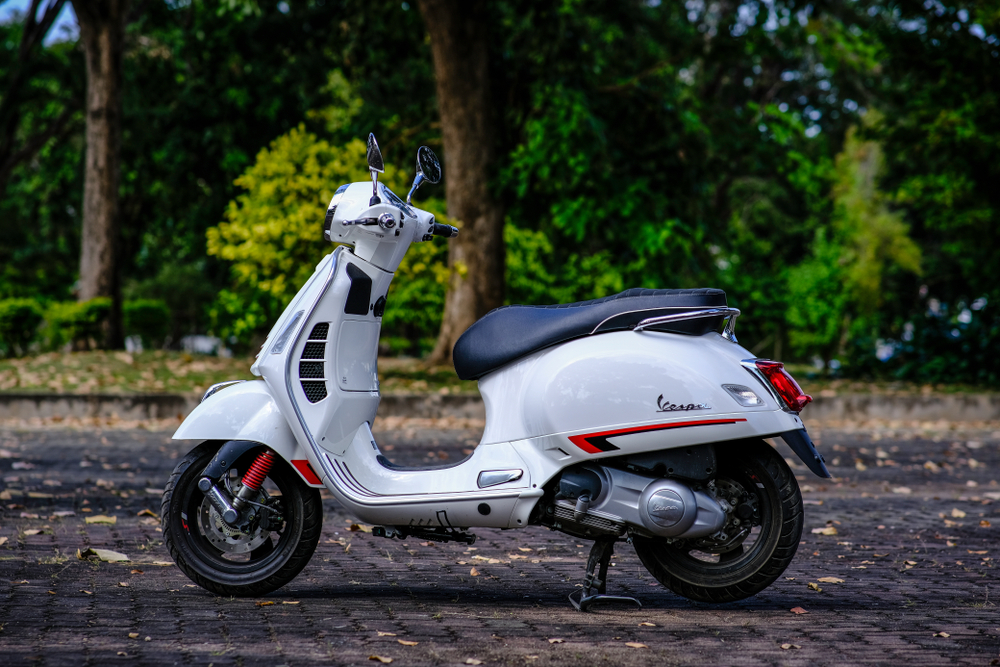
The GTS 300, launched in 2008, is one of the most powerful and modern Vespas. It features a 300 cc engine, ABS, traction control, and a blend of classic Vespa design elements with contemporary features. Its balance of performance and style makes it a popular choice for both urban commuting and longer rides.
Vespa Primavera
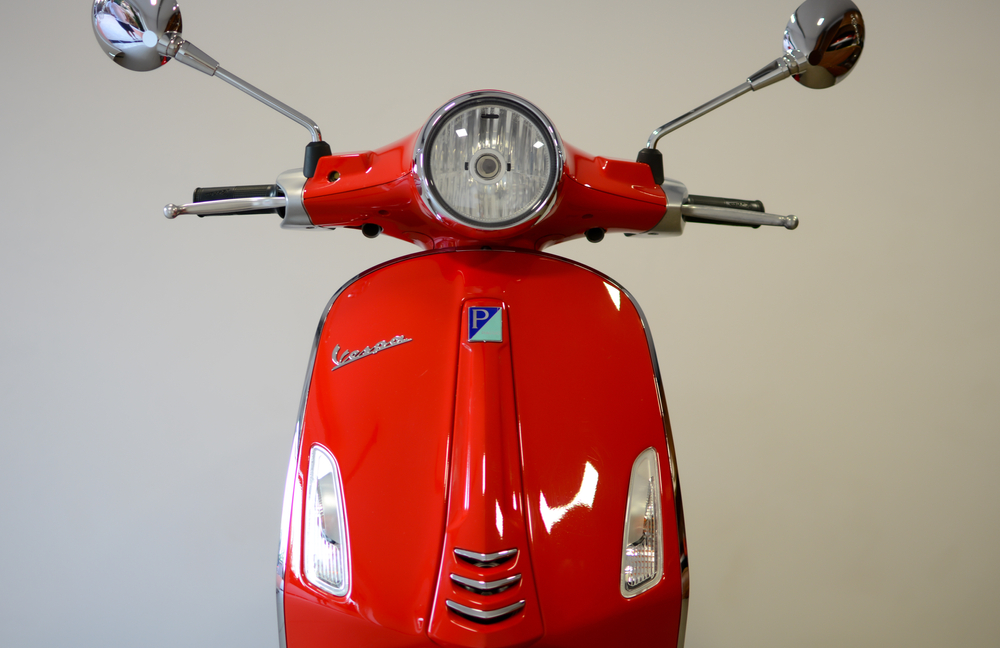
The Vespa Primavera, introduced in 2014, is a modern reinterpretation of the classic 1968 model. It features sleek, updated styling, advanced technology like LED lighting and a new front suspension system, and a range of engine options from 50 to 150 cc. The Primavera is a testament to Vespa’s ability to evolve while maintaining its iconic design heritage.
Vespa 946
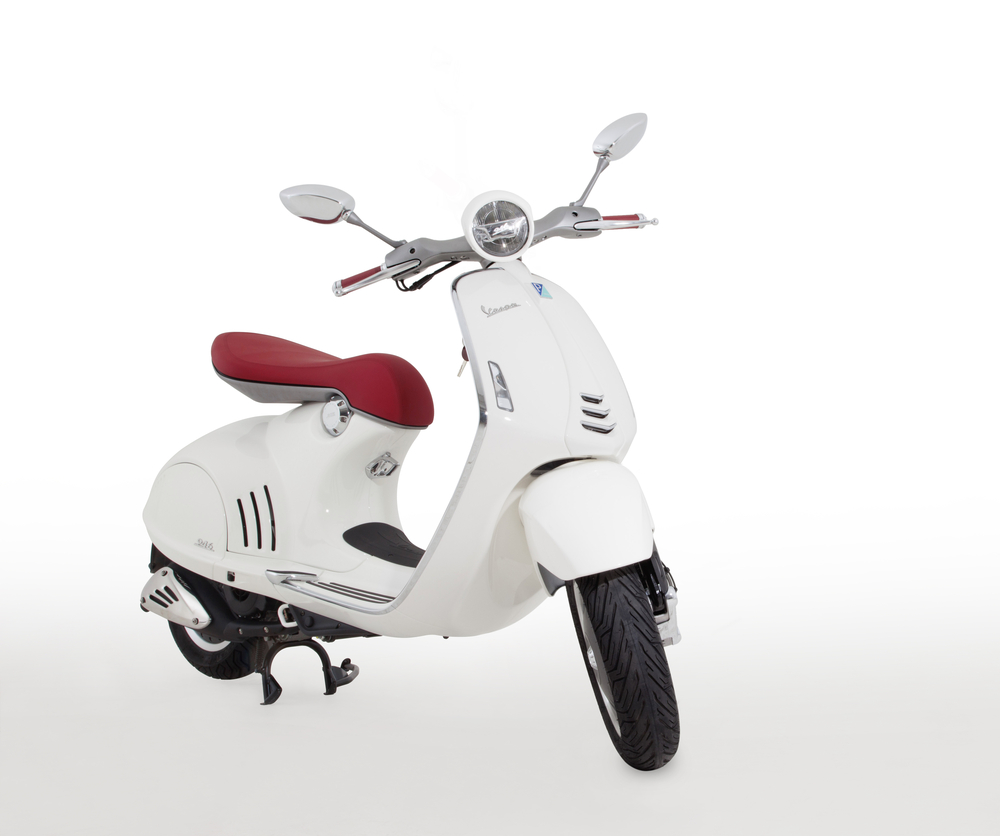
The Vespa 946, introduced in 2013, is a tribute to the original Vespa – the MP6 prototype developed in 1946. This model is a blend of heritage, elegance, and high-end technology. It features a modern 125 cc four-stroke engine, ABS, and ASR traction control. Its distinctive design includes a steel body with aluminum components, making it lightweight yet strong. The 946 stands out for its commitment to eco-sustainability and innovative design, making it a collector’s piece and a symbol of the future direction of Vespa.
This article originally appeared on MyCarMakesNoise.
More from MyCarMakesNoise
21 Unique Facts About Rickshaws That Will Surprise You

The rickshaw, often seen as a quaint relic of the past, is actually a treasure trove of history and cultural significance. This humble vehicle has navigated through the evolution of urban transport and remains a symbol of ingenuity and resilience. Read More.
15 Musical Road Trips to Explore America`s Rich Music History

Embark on a melodious journey through the pivotal cities that have shaped America’s rich musical landscape. Whether you’re a die-hard fan of blues, jazz, country, or rock ‘n’ roll, this guide will take you to storied venues and vibrant festivals celebrating the nation’s diverse musical heritage. Read More.
15 Ultimate Airline Lounges for a Luxurious Travel Experience

Embark on a journey through some of the most exclusive and opulent airport lounges around the world. These havens of luxury offer travelers gourmet dining, spa treatments, serene relaxation zones, and unparalleled service. Read More.

